5 Things You’re Forgetting in Your Film’s Production Schedule
Your production schedule will make or break your film.
Failing to do any proper production planning and scheduling for your film will create a lot of issues for you and your crew. It will also make the experience of shooting the film far less enjoyable for everyone involved.
This is why it’s crucial to know why the production schedule is important and how it ultimately effects how the shoot will turn out.
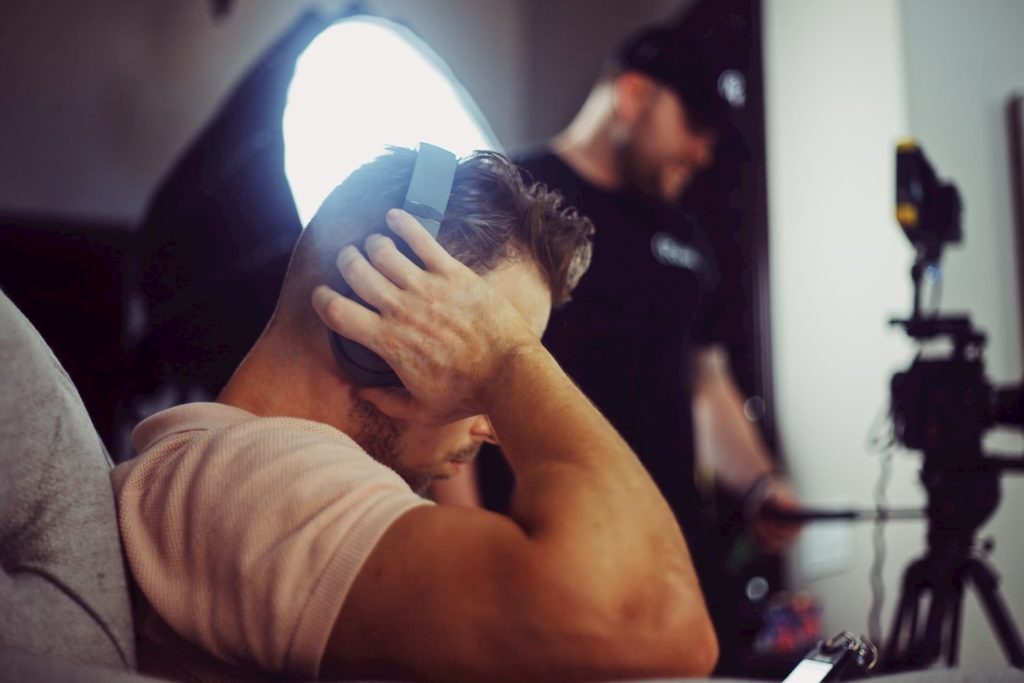
You, a producer, or the first assistant director working on your production, can make the production scheduling process much easier by using a production schedule template or even software — such as movie magic shooting schedule.
Although production scheduling software may be the most efficient and error-limiting option, you may be on a tight budget and limited to using cheaper or free options. Luckily, there’s an abundance of free templates online you can use to schedule your shoots. For example, we offer a film budget template you can use for free for your film productions.
[fc id=’6′ type=’popup’][/fc]
If you’re wondering what a shooting schedule looks like, you can take a look at a few film shooting schedule samples that can help you out with your planning.
Also, if you’re looking for a way to fund your idea or script, check out our one-sentence pitch competition to win up to $10,000 in funding for your project as well as other equipment and software prizes.
You’ve finished breaking down a script and you may think you have your shooting schedule already made from this process. But in this post, we will go over a few things you might be forgetting in your production schedule that can help you get a better picture of your overall budget.
1. Travel Time Between Locations
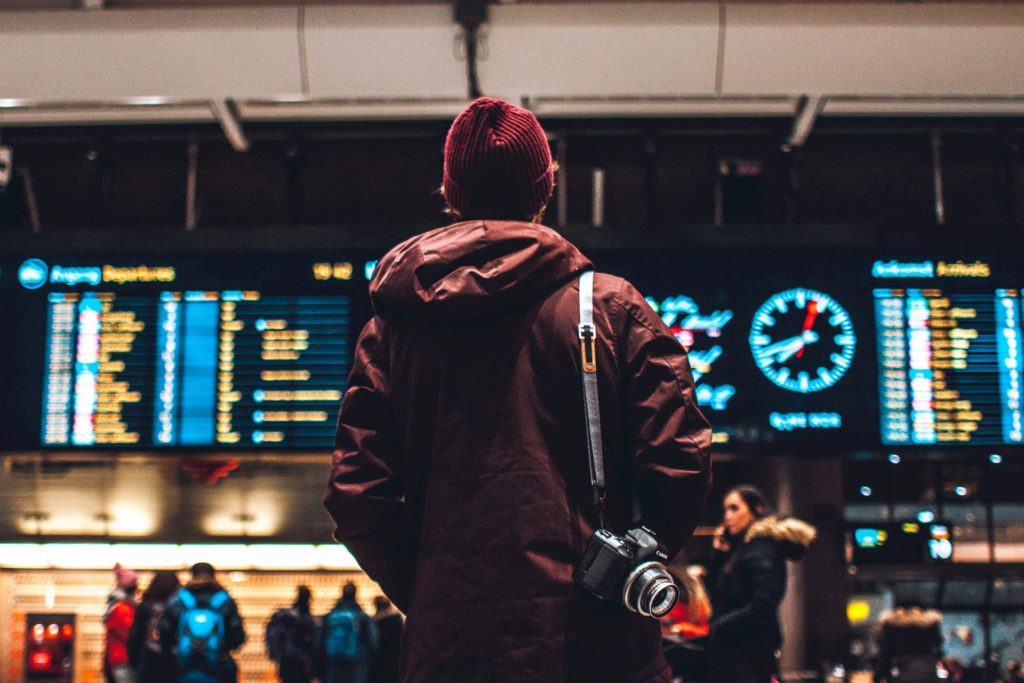
You may have already accounted for the travel time and expenses before call time and wrap, but you need to also consider travel time between locations.
If you’re working with a script that takes place in various different locations, you’re going to need to take the proper amount of time and consideration needed to plan all the traveling expenses needed for your cast and crew.
There can be shooting days with multiple locations on the schedule and you will need to consider the time it takes between locations and how it effects the amount of time you have to shoot during the day.
If it takes two to three hours to arrive at Location A and another one to two hours to get to Location B, you’re going to have less time to actually set up and shoot, and more expenses and planning for which to account.
2. Set Up and Break Down Time
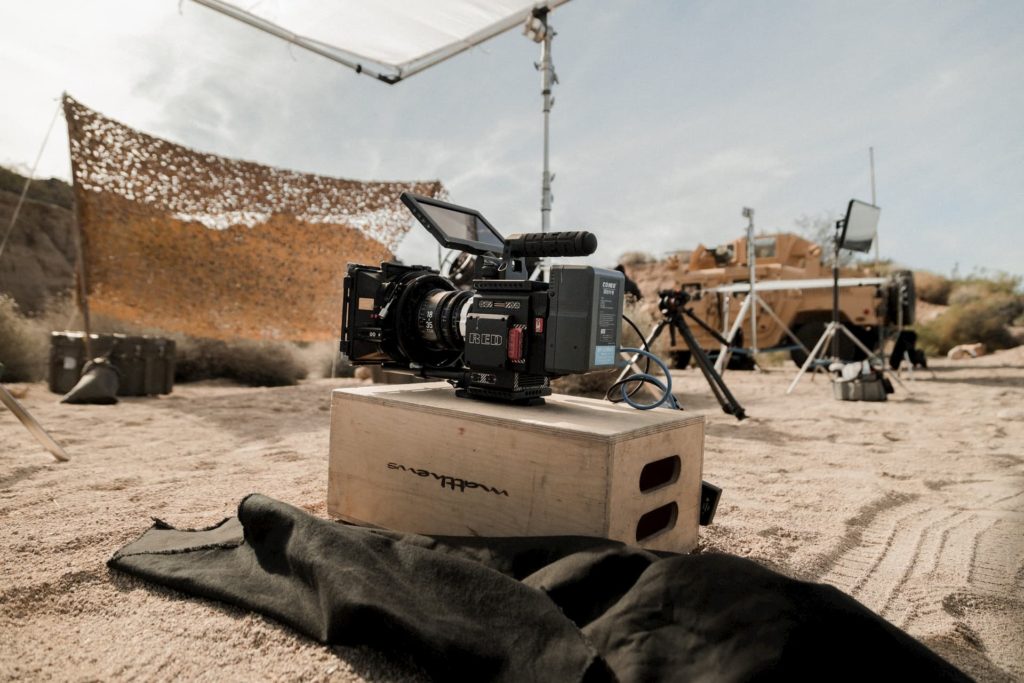
Another thing you may be forgetting to include in your production schedule for your film is the time it takes to set up and break down your equipment before and after shots/scenes.
If you’re working with a lot of equipment—such as cameras, tripods, lights, sound recorders, props, dollies, etc.—you’re going to be spending a lot of time breaking down and setting up your equipment between shots. This will greatly affect the amount of available time during the day you will have to shoot.
So, it’s important you take into account the estimated time it takes to pack up and set up your equipment in your production schedule and budget.
3. Dealing With the Unexpected
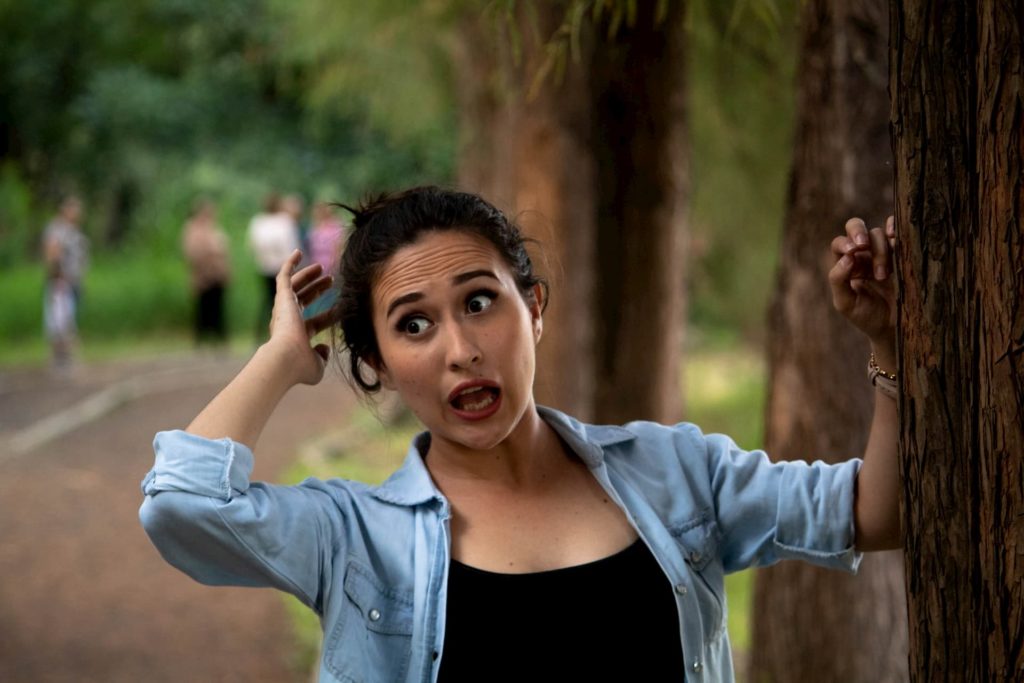
Oftentimes, you’re going to be dealing with the various setbacks and problems that occur on set.
It’s rare when nothing unexpected occurs during the shoot, so you should plan ahead and expect the unexpected before it smacks you in the face.
Some examples of possible issues that could pop up during a shoot include:
- Bad weather
- Faulty equipment
- Late cast members
- Interruptions from outside sources
- Safety emergencies
There are many other problems that occur on set, but it’s important that you take into account the ones listed above.
Filmmakers are problem solvers. Having the ability to adapt, rethink, and perform under pressure and tight deadlines should all be within your capabilities if you want successful shoots.
4. Lunch Break
Don’t forget to include lunch.
Your actors and crew members need to eat and take some time to unwind and relax during your shoot. This keeps everyone’s energy and moods up and can really effect the performance of your cast and crew.
Even though it may not seem important, don’t forget to include lunch in your shooting schedule template. Even if you’re tight on time, it’s important that you give everyone time to eat and regain energy in order to maintain a high-level of energy during the shoot.
5. Shoot the Difficult Scenes First
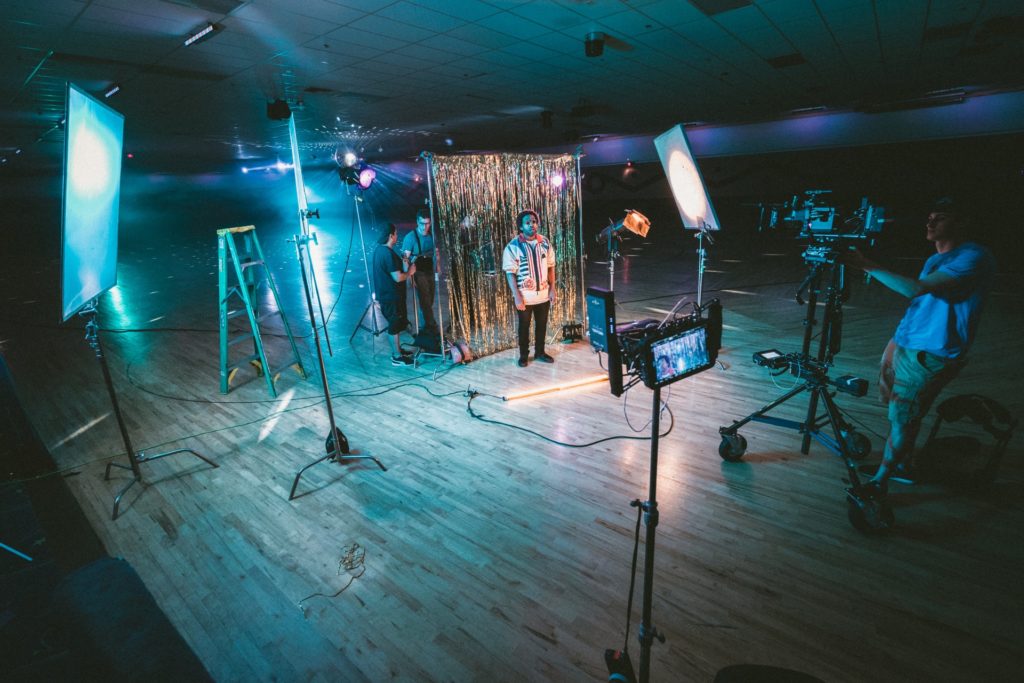
Typically, when planning a production schedule, you will first decide which scenes to film first. It’s common to want to get the easy and simple scenes out of the way first, but this may not be the smartest strategy when going about scheduling.
For example, if you need every actor, specific crew members, equipment, and resources for a specific day, you will want to schedule this early on before everything else. That way you plan a day where everyone can make it earlier in instead of later in the shoot when people may be busy or unavailable.
Also, by completing difficult scenes first, you will be taking a lot of stress off your shoulders and will make simpler scenes much easier to complete.
As we stated before, production scheduling can truly make or break your film. Without any proper planning before your shoot begins, you will likely have a mess of problems you wished you had prepared for.
Hopefully this post gave you a few tips on how to make a shooting schedule and what to account for that a lot of people may overlook or forget when planning.
If you’re someone who’s looking to get their idea or script produced, check out our one sentence pitch competition for a chance to win up to $10,000 in funding and other potential prizes — such as production scheduling software.